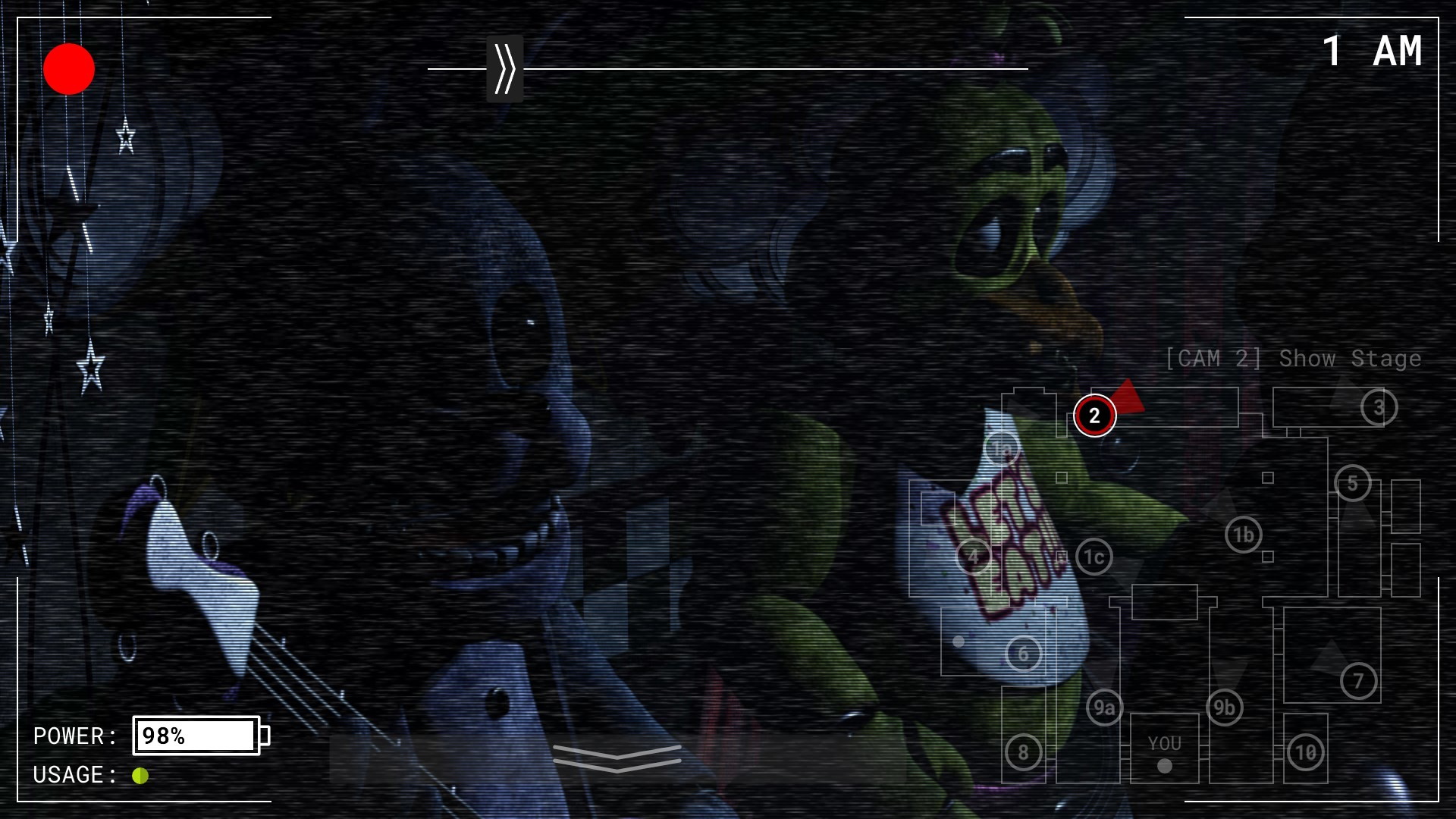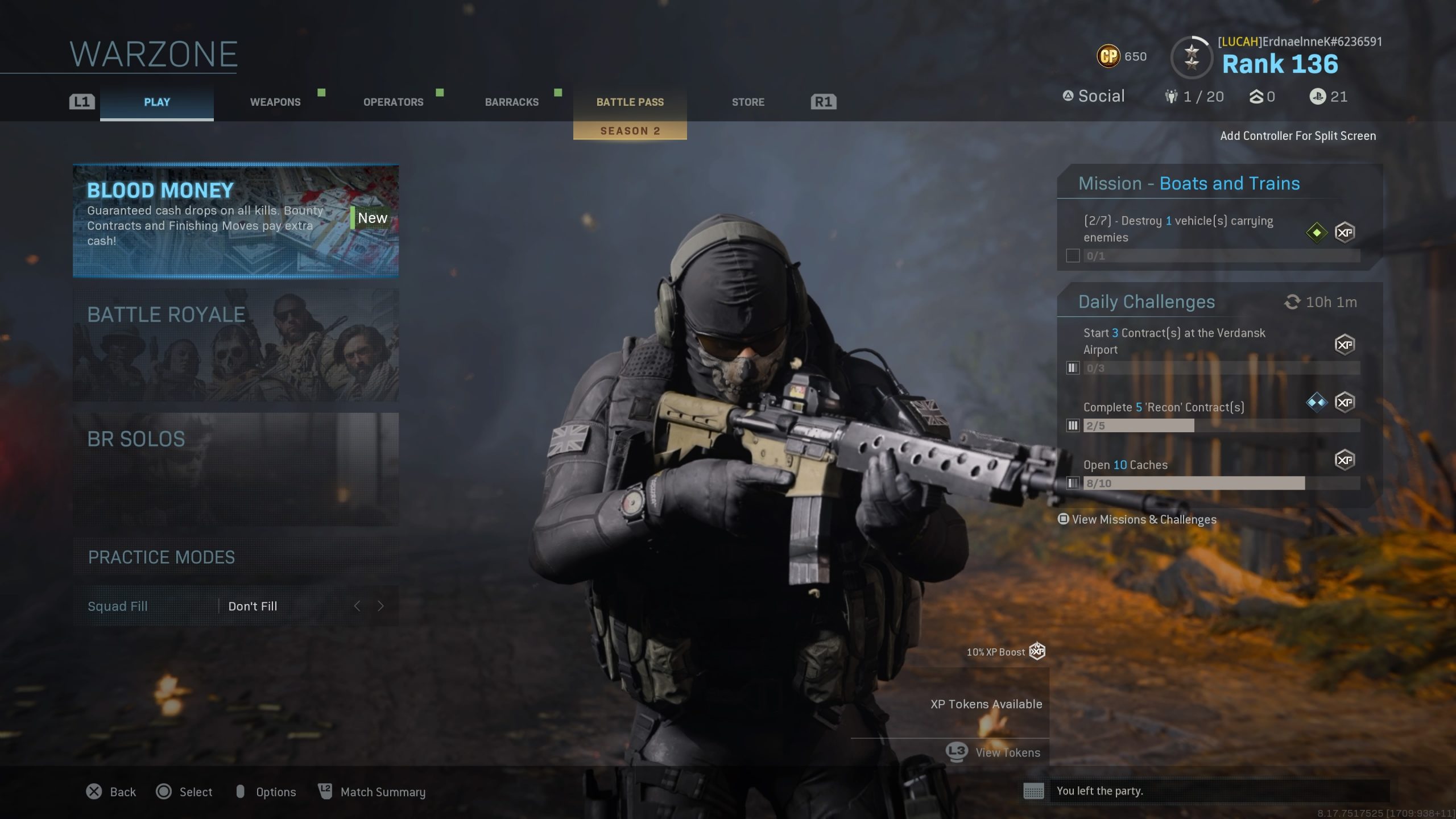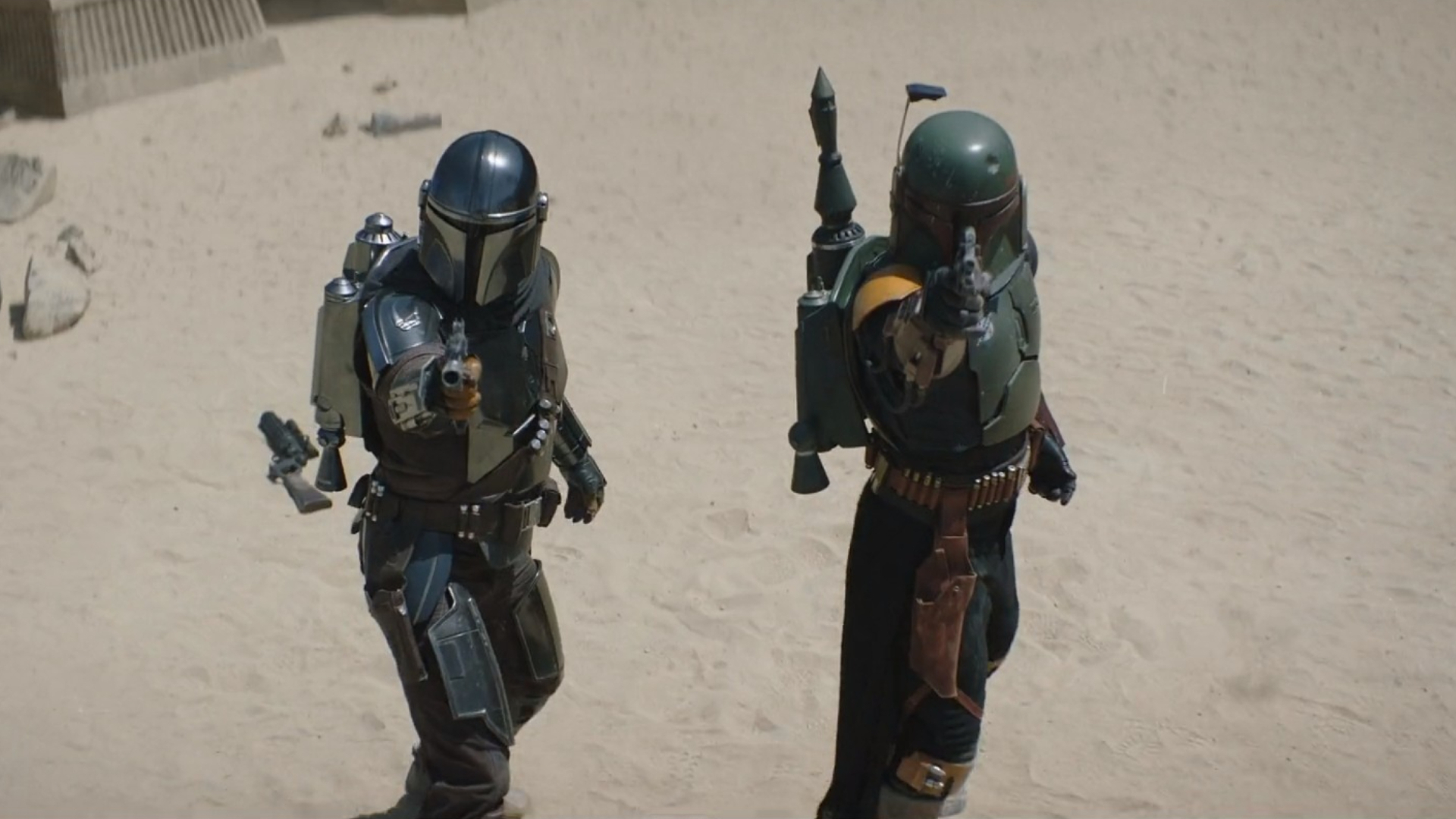

Write what you are looking for and press enter to begin your search!

Live News


How Five Nights At Freddy’s Broke The Horror Game Mould
In the modern climate of video games, there tends to be a significant focus on the complexity of gameplay and cutting-edge graphics, with everything making some type of new advancement. This is especially true with the horror game genre, as it relies on the immersion that the game gives, often relying on dark and high-end graphics, immersive sound design and thrilling jump scares. However, once in a while, there is a game that breaks that mould and uses simplicity to its advantage, without any insanely innovative mechanics or crazy immersive graphics.
Five Nights at Freddy’s (FNAF), developed by Scott Cawthon, proves the point that greatness in gaming can still be achieved through simplicity even in this day and age. Despite its unassuming mechanics and modest visuals, FNAF has managed to carve a lasting niche in the horror genre, captivating millions of players worldwide and creating hundreds of fan-made games in the same format, as well as countless official sequels and spinoffs in the same series.
It’s easy to see FNAF as this big indie horror game icon, but it started in a way humbler fashion than it is now.

Back then when the game came out, I was curious about what the buzz was surrounding this new horror game, but it looked rather simplistic, so the game caught me off guard. It seemed like it was another generic indie horror game without much substance, cheap jumpscares and mediocre graphics, but I was pleasantly surprised (and horrified) with what I was met with.
One of the defining aspects of FNAF’s gameplay lies in its minimalistic approach to gameplay. The game places players in the role of a security guard in a haunted pizzeria where animatronic characters roam freely at night. The objective is to survive the night by monitoring the establishment’s security cameras and conserving your limited power while avoiding the animatronics’ deadly attacks. If they approach you, close the door until they go away and keep track of where they are. Sounds simple enough, right? The genius of FNAF lies in its ability to create an atmosphere of dread and tension through these simple mechanics.
As the nights progress and the difficulty increases, there are no extra weapons, abilities or complex controls added on as players must rely on their wits and strategic thinking to survive. The lack of hand-holding and minimalistic design grants a sense of agency and immersion, making every decision and action crucial for survival.
Jump scares are a tried-and-tested trope in horror, but FNAF utilises them rather differently. By creating an environment where the threat is always lurking, the game keeps players perpetually on edge. The threat of the looming jump scares is what has players more scared than the actual jump scares themselves, leaving players in a state of panic every time they get close to death.
Beneath FNAF’s seemingly surface-level gameplay lies a deep and intricate lore that captivated players, fueled speculation and created fan theories that boosted the game into the viral sensation we know it as today. As players progressed through the nights and uncovered hidden clues and Easter eggs, they pieced together the dark history of Freddy Fazbear’s Pizza and the animatronics’ malevolent spirits.
The game’s fragmented storytelling approach, with newspaper clippings, phone calls and hallucinations, encouraged the community to engage in collaborative exploration. The non-linear approach to the narrative in this game was very appealing, prompting players to come back and discover more of its secrets. There were YouTube channels dedicated to unravelling and discussing these mysteries, trying to understand the lore and breaking down each clue that was given as the FNAF series went on.
The intentionally minimal visual design of FNAF enables players’ imaginations to roam free, intensifying their fear. At first, the game leaves a lot of the animatronics’ looks to the imagination, tapping into the primal fear of the unknown. Moreover, the game restricts the player’s field of view, as they remain in the same location and rely on static camera angles to increase the suspense. FNAF took a subtle but effective method of manipulating the players’ perception, which contributed to the overall sense of dread that is found throughout the game.
However, even with the actual game aside, FNAF’s impact extended far beyond; it became its own massive community and space for the gaming community. Streamers and content creators embraced the game, sharing their reactions and theories with millions of viewers. The game’s simplicity and accessibility allowed a wide range of players to engage with it, leading to a vibrant and diverse community that continued to grow over time.
It’s worth noting that the fervent FNAF community has spurred a wealth of creative fan projects, ranging from art and stories to custom games and animated content. Scott Cawthon left the lore of FNAF somewhat open-ended at first, piecing the bigger picture together with each instalment in the series, which invited discussions and debates, fostering a sense of camaraderie among players as they collaborated to uncover the secrets of Freddy Fazbear’s Pizza.

On paper, Five Nights at Freddy’s should not have been as successful as it was. It had very simple and repetitive gameplay, rather dated-looking graphics and predictable jumpscares with not much more to add to the pure gameplay side of things. However, Scott Cawthon designed the game in such a way that it used these downsides to its advantage, turning a rather unassuming game into a mysterious and intense game that captivated a whole community.
Thanks to the reactions and content created from the original game, FNAF became more than just a game and instead became a phenomenon, completely shaping the indie horror genre and creating an active and passionate community that still creates content, theories, memes and music based on the game to this day.
Five Nights at Freddy’s has proven that sometimes, the simplest solutions are the most powerful. As long as players are seeking thrilling experiences and developers willing to think outside the box, FNAF’s influence will continue to resonate throughout the gaming industry for years to come.

By Alleef Ashaari|June 11, 2019
With Sony PlayStation's absence looming over E3 2019, it was everyone else's golden opportunity to grab and take advantage of. Unfortunately, no one ...

By Kenn Leandre|April 2, 2020
Major spoilers for Call of Duty: Modern Warfare 2 ahead. The remastered version of Call of Duty: Modern Warfare 2's campaign is out right now. Thr...

By Alleef Ashaari|January 24, 2019
Kingdom Hearts is now regarded by many to be one of the most ambitious and successful crossovers of all time (sorry, Avengers: Infinity War). But that...

By Mr Toffee|November 20, 2024

By Team KKP|October 29, 2024

By Kenn Leandre|October 25, 2024

By Mr Toffee|October 24, 2024

By Team KKP|October 21, 2024

By Lewis "lickety" Larcombe|September 18, 2024

By Alisha Alix|August 20, 2024

By Alleef Ashaari|July 17, 2024

By Team KKP|July 1, 2023

By Alleef Ashaari|August 2, 2021

By Alleef Ashaari|February 9, 2022

By Mr Toffee|November 20, 2024

By Team KKP|October 29, 2024

By Kenn Leandre|October 25, 2024

By Mr Toffee|October 24, 2024

By Team KKP|October 21, 2024

By Lewis "lickety" Larcombe|September 18, 2024

By Alisha Alix|August 20, 2024

By Alleef Ashaari|July 17, 2024

By Team KKP|July 1, 2023

By Mr Toffee|November 20, 2024

By Team KKP|October 29, 2024

By Kenn Leandre|October 25, 2024

By Mr Toffee|October 24, 2024

By Team KKP|October 21, 2024

By Lewis "lickety" Larcombe|September 18, 2024

By Alisha Alix|August 20, 2024

By Alleef Ashaari|July 17, 2024

By Team KKP|July 1, 2023
Copyright @ Kakuchopurei 2024
Five Nights At Freddy’s Gets New Spooky Trailer
August 31, 2023 at 5:21 am
[…] For more on how the original game broke the horror game mould, head on over here. […]